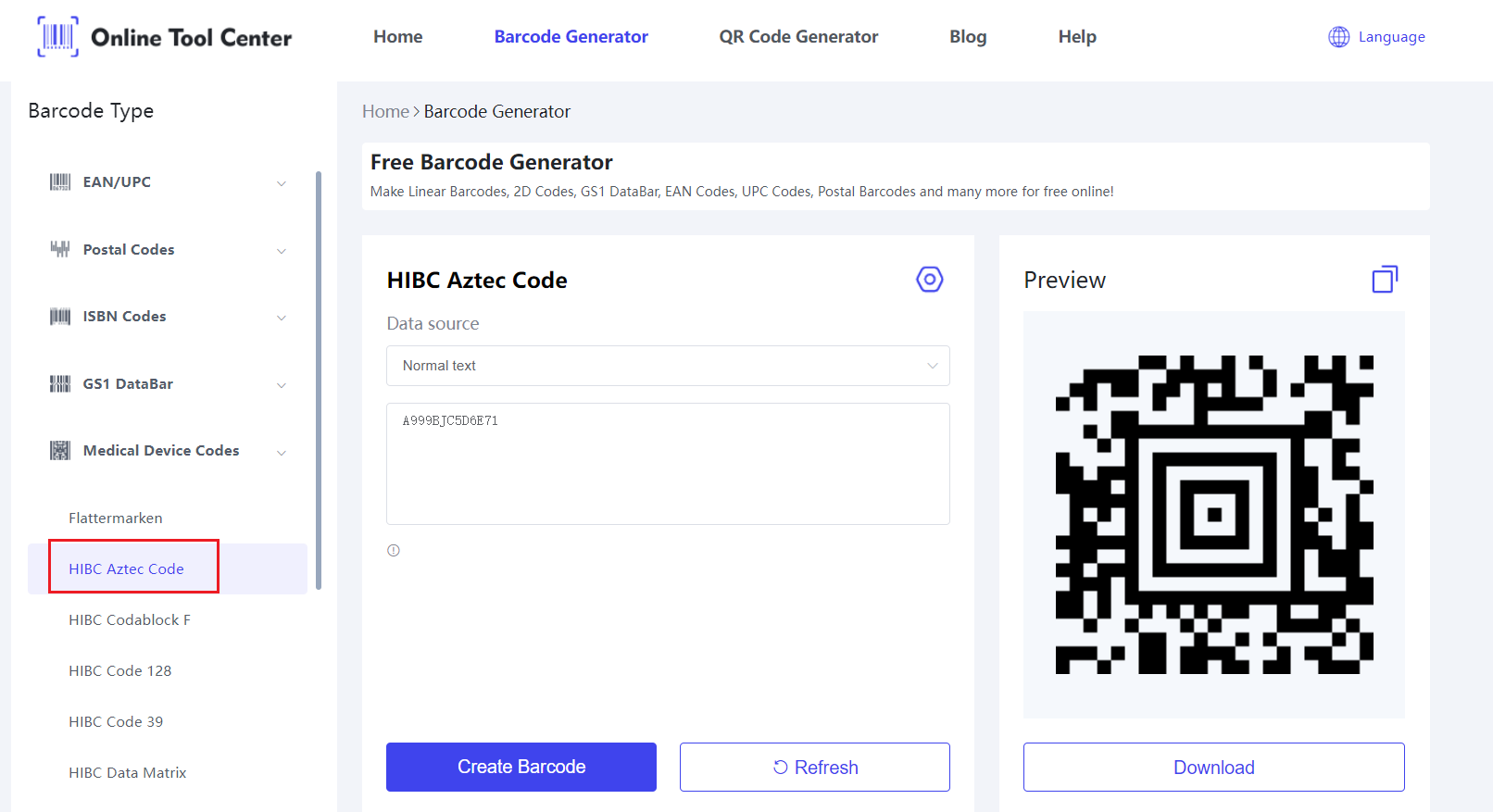What is HIBC?
Definition and Development of HIBC Standards
The Health Industry Bar Code (HIBC) is a coding system designed to support the healthcare industry in tracking and controlling medical products. Developed under the oversight of the Health Industry Business Communications Council (HIBCC), HIBC standards are crafted to integrate seamlessly with global regulatory requirements, including those mandated by the FDA and the European Union.
Role of the Health Industry Business Communications Council (HIBCC)
The HIBCC plays a critical role not just in the development but also in the ongoing refinement and promotion of HIBC standards. This organization ensures that the standards remain relevant and continue to meet the evolving needs of healthcare providers and regulators.
Understanding HIBC Structure
Components of HIBC
A HIBC barcode comprises several key elements, which together facilitate comprehensive tracking and identification:
System Identifier: A prefix to indicate that the barcode is an HIBC code.
Labeler Identification Code (LIC): A unique code assigned to a manufacturer.
Product Code: A code assigned by the labeler to identify a specific product.
Packaging Index: An optional element used to indicate the packaging configuration.
HIBC Barcode Structure and UDI-DI
The HIBC barcode includes essential data elements such as the Unique Device Identifier (UDI), crucial for regulatory compliance. The UDI-DI (Device Identifier) portion of the UDI system provides globally unique product identification, vital for product recalls and safety monitoring.
Types of HIBC Barcodes and Their Uses
The HIBC system includes various types of barcode formats, each barcode format serves a particular purpose, providing a way to encode various data about healthcare products in a way that meets industry and regulatory standards.
1. HIBC Code 128
HIBC Code 128 is a versatile and widely used barcode format due to its capacity to incorporate extensive data within a compact symbol. It is ideal for applications where space on the label is limited but a significant amount of data needs to be encoded.
2. HIBC Code 39
Known for its simplicity and reliability, HIBC Code 39 is another popular choice in healthcare settings. This format is particularly useful for labeling smaller items where fewer data characters are required. It’s commonly used for small tools and equipment in medical facilities.
3. HIBC Aztec Code
The HIBC Aztec Code is a 2D matrix barcode that can encode a large amount of data in a small space. It is often used for medications and small medical devices where space is at a premium but a high data capacity is necessary. This code type can also be read by smartphones, making it suitable for applications that might require mobile scanning.
4. HIBC PDF417
HIBC PDF417 is a stacked linear barcode symbol that is used extensively for documents and labels in healthcare settings. It is capable of encoding large amounts of data, including photographs and biometrics, and is used for patient records and identification bands.
5. HIBC QR Code
This is a popular choice for applications requiring quick access to information via scanning, as QR codes are easily read by most barcode scanners and mobile devices. HIBC QR Codes are commonly used on patient information leaflets, medical records, and for links to instructional videos or other online resources.
HIBC and UDI Compliance
The Relationship Between HIBC and the Unique Device Identification (UDI) System
HIBC codes are fully compatible with the UDI system, which is a requirement for medical device identification under FDA and EU regulations. This compliance is crucial for ensuring that medical devices are traceable on a global scale, enhancing safety and quality in healthcare.
Applications for HIBC
1. Inventory Management
HIBC barcodes facilitate accurate tracking and management of medical inventory. They help in streamlining the process of inventory control by providing precise information about each item's location, status, and movement within a facility.
For instance, a hospital uses HIBC barcodes on all its medical supplies to monitor stock levels in real time, reducing overstock and preventing shortages of critical items like surgical instruments and medication.
2. Patient Safety
HIBC helps ensure that patients receive the correct medication and treatment by enabling the tracking of medical devices and pharmaceuticals from the manufacturer to the patient. A patient requiring a specific medical device, such as a pacemaker, is ensured the correct and safe product version by scanning the HIBC barcode, which verifies its authenticity and ensures it has not been recalled.
Step-by-Step Guide to Creating HIBC Barcodes
Step1: Obtain an LIC
Start by obtaining a Labeler Identification Code (LIC) from the HIBCC.
Step2: Select the Barcode Type
Choose the appropriate HIBC barcode format for your product.
Step3: Enter Product Details
Input the product code and any other required information into a HIBC barcode generator.

Step4: Generate and Test
Produce the barcode and conduct tests to ensure its readability and compliance.
To generate a HIBC barcode, users can utilize specialized tools such as a free online barcode generator available at onlinetoolcenter.com. This tool provides a straightforward, user-friendly platform for creating compliant HIBC codes that meet both regulatory and practical needs in healthcare logistics.
FAQs
1. What is the difference between HIBC and other barcode standards?
HIBC is specifically designed for the healthcare industry, providing features that cater to the strict traceability and safety requirements in medical logistics and product management.
2. How do I ensure my HIBC barcodes meet compliance standards?
Ensure that all barcode elements (LIC, product code, and check character) comply with HIBCC guidelines. Utilize certified tools like onlinecentertool.com’s HIBC UDI-Builder for generating compliant barcodes.
3. Can HIBC be used internationally?
Yes, HIBC is designed to be compatible with international standards, including the UDI system used in the US and EU, making it suitable for global healthcare supply chains.




